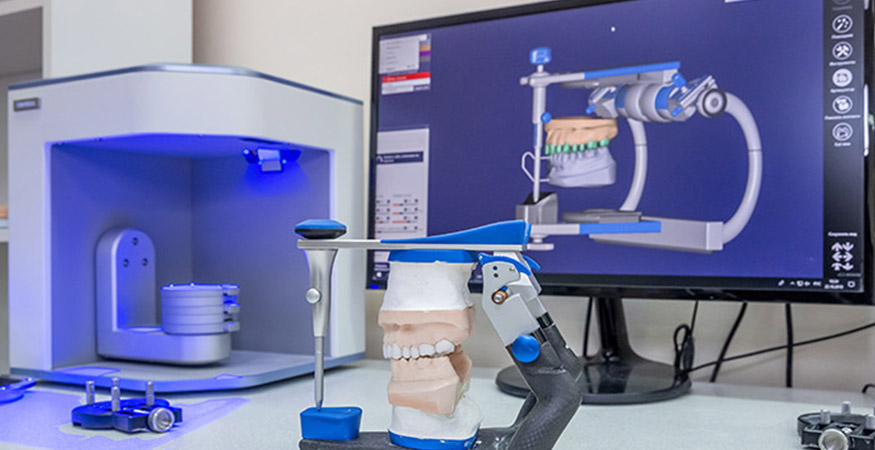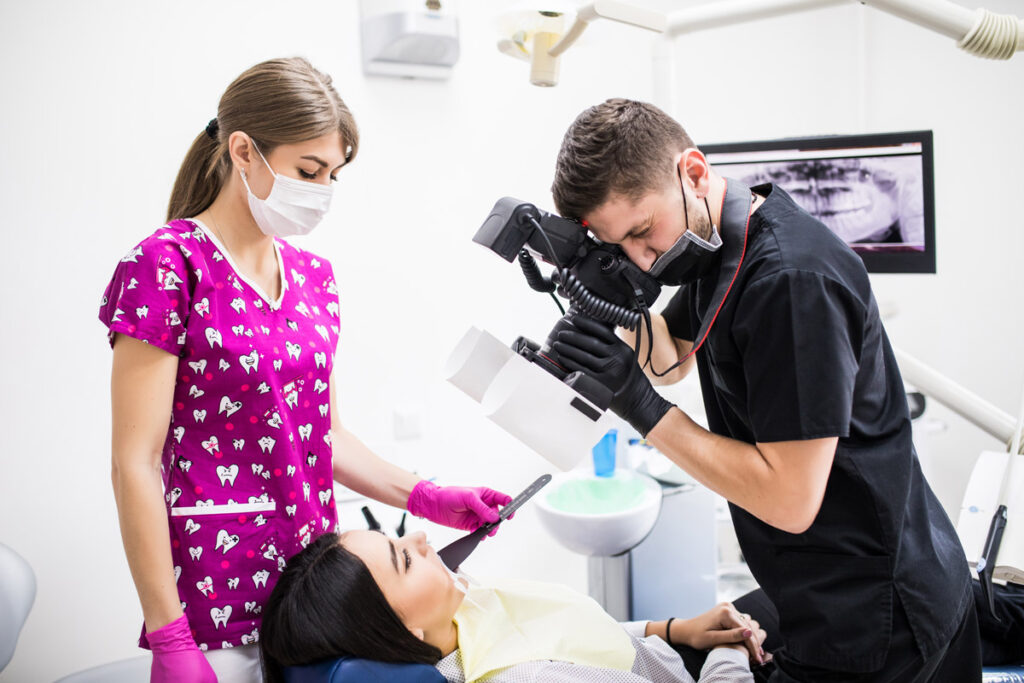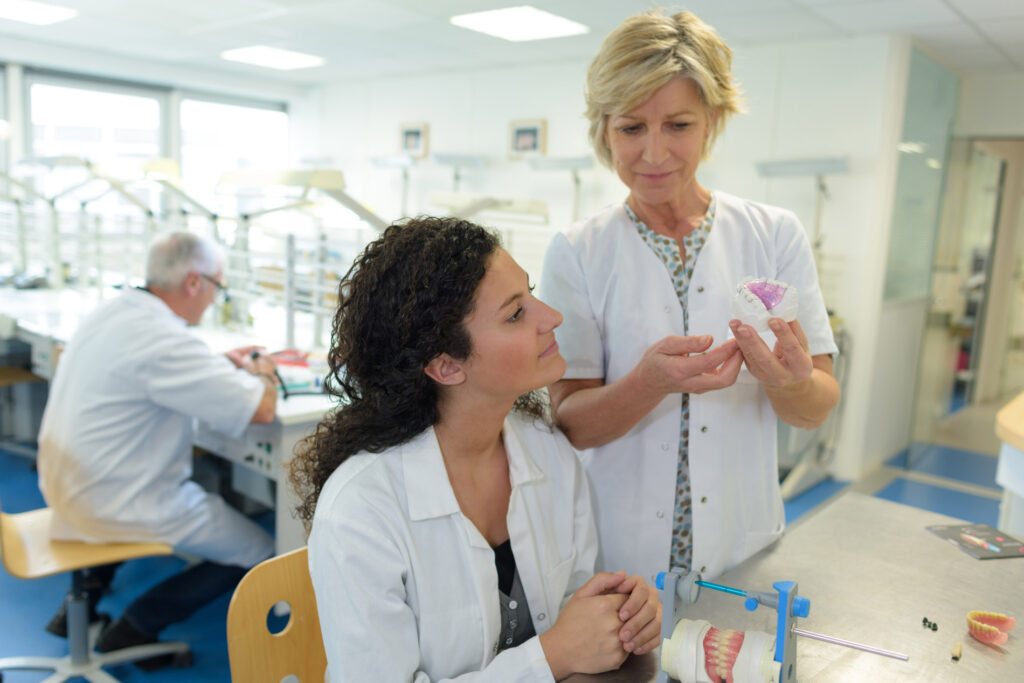The dental industry has witnessed a remarkable transformation over the past few decades, transitioning from traditional analog methods to advanced digital technologies. This evolution has significantly impacted how dental restorations are designed, created, and implemented, bringing forth a new era of precision, efficiency, and patient satisfaction. Let’s delve into the advancements in dental technology, highlighting the digital revolution that has reshaped the landscape of dental restorations.
The Analog Beginnings
Traditionally, dental restorations relied heavily on manual techniques and physical molds. Dentists would use impression materials to create a mold of the patient’s teeth, which would then be sent to a dental lab. Technicians at the lab would work with these molds to craft restorations such as crowns, bridges, and dentures. While these methods have been successful for many years, they were not without their limitations, including the potential for errors in impressions and the time-consuming nature of manual adjustments.
Digital Innovation
The advent of digital technology in the dental field has brought about revolutionary changes. Digital impressions, computer-aided design (CAD), and computer-aided manufacturing (CAM) systems have replaced many traditional methods, offering a new level of precision and efficiency.
Digital Impressions
Digital impressions use intraoral scanners to capture a detailed 3D image of the patient’s mouth. This process is faster and more comfortable for the patient, eliminating the need for physical molds. Digital impressions are immediately available for review, allowing for quick adjustments and streamlined communication between dentists and dental labs.
CAD/CAM Technology
CAD/CAM technology has been a game-changer in the design and fabrication of dental restorations. With CAD software, dental technicians can create highly accurate and customized designs for each restoration. CAM systems then use these designs to automatically mill the restoration from a block of dental material. This process not only speeds up production but also enhances the fit and aesthetics of the final product.
3D Printing
3D printing is another digital technology that has seen increasing use in dental labs. It allows for the rapid prototyping and production of dental models, guides for implant placement, and even some types of restorations. 3D printing is highly versatile, supporting a range of materials and offering significant time and cost savings.
Benefits of Digital Techniques
The shift to digital has brought numerous benefits to both dentists and patients:
- Increased Accuracy: Digital technologies provide a level of precision that surpasses traditional methods, reducing the risk of errors and the need for adjustments.
- Enhanced Efficiency: The digital workflow is significantly faster, from taking impressions to the delivery of restorations, leading to shorter treatment times.
- Improved Patient Experience: Digital impressions are more comfortable for patients, and the faster turnaround times mean less waiting for their new smiles.
- Greater Collaboration: Digital files can be easily shared and discussed among dental professionals, improving collaboration and outcomes.
Looking Ahead
The digital revolution in dental technology continues to evolve, with ongoing advancements in materials, software, and manufacturing techniques. As these technologies become more integrated into dental practices, the potential for even more innovative treatments and outcomes grows.
The evolution from analog to digital has fundamentally changed the landscape of dental technology, offering unprecedented levels of precision, efficiency, and patient satisfaction. As we embrace these digital advancements, the future of dental restorations looks brighter than ever, promising better care and beautiful smiles for patients around the world.


